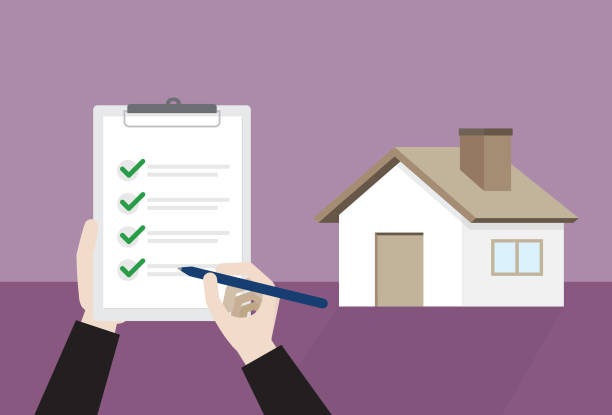Buying a new home is a major milestone and a significant investment. Whether you’re a first-time buyer or a seasoned homeowner, having a clear, step-by-step plan helps ensure you make informed and confident decisions. This comprehensive checklist covers every stage of the home-buying process—from financial preparation to post-move tasks.
1. Financial Preparation
- Review your credit report and improve your credit score if needed
- Determine your budget based on income, expenses, and existing debts
- Calculate how much you can afford for a down payment (usually 10–20%)
- Get pre-approved for a mortgage to strengthen your buying position
- Estimate closing costs (typically 2–5% of the home price)
- Research loan types and interest rates to choose the best option
2. Define Your Home Requirements
- Decide on the ideal location (commute time, schools, amenities)
- Choose your property type (condo, townhouse, single-family home)
- List must-have features (number of bedrooms, bathrooms, yard, garage)
- Consider long-term needs (family growth, work-from-home space)
- Identify deal-breakers (busy roads, outdated systems, high HOA fees)
3. Assemble Your Real Estate Team
- Hire a licensed real estate agent familiar with your target area
- Choose a reputable mortgage lender or broker
- If applicable, consult a real estate attorney
- Find a trusted home inspector for property evaluation
- Consider hiring an insurance agent for homeowners insurance quotes
4. Begin the Home Search
- Search listings online and schedule showings with your agent
- Visit multiple homes and take notes or photos for comparison
- Evaluate neighborhoods for safety, access, and future value
- Ask about HOA rules, fees, and community policies if applicable
- Track average home prices in your preferred areas
5. Evaluate Each Property Carefully
- Inspect the condition of the roof, walls, windows, and flooring
- Test appliances, lights, plumbing fixtures, and outlets
- Check heating, cooling, and ventilation systems
- Assess storage space and overall layout functionality
- Consider natural light, noise levels, and parking availability
6. Make an Offer
- Review comparable home sales to make a competitive offer
- Decide on contingencies (financing, appraisal, inspection)
- Submit your offer through your agent and prepare to negotiate
- Be prepared for counteroffers or competing bids
- Ensure all terms are clearly documented in the offer
7. Secure Your Mortgage
- Finalize your loan application with your lender
- Provide necessary documentation (ID, income proof, tax returns)
- Review and compare final loan terms
- Lock in your interest rate at the right time
- Understand your monthly payments and payment schedule
8. Complete Inspections and Appraisal
- Hire a professional home inspector to assess the property
- Attend the inspection and review the full report
- Request necessary repairs or negotiate price adjustments
- Ensure your lender orders a home appraisal
- Confirm the appraisal matches or exceeds the sale price
9. Prepare for Closing
- Review your closing disclosure carefully
- Confirm all loan conditions are met
- Schedule a final walk-through of the home
- Arrange for homeowners insurance
- Bring necessary documents and funds to the closing appointment
10. Post-Purchase Essentials
- Change all locks and security codes
- Update your address with the post office, banks, and services
- Set up utilities, internet, and trash collection
- Review your home warranty and maintenance checklist
- Meet your neighbors and get to know the area
Final Thoughts
Buying a home can be both exciting and complex, but a structured approach ensures fewer surprises and better outcomes. By following this checklist, you’ll be better prepared to navigate each step and make confident, informed decisions throughout the home-buying journey.





Leave a Reply